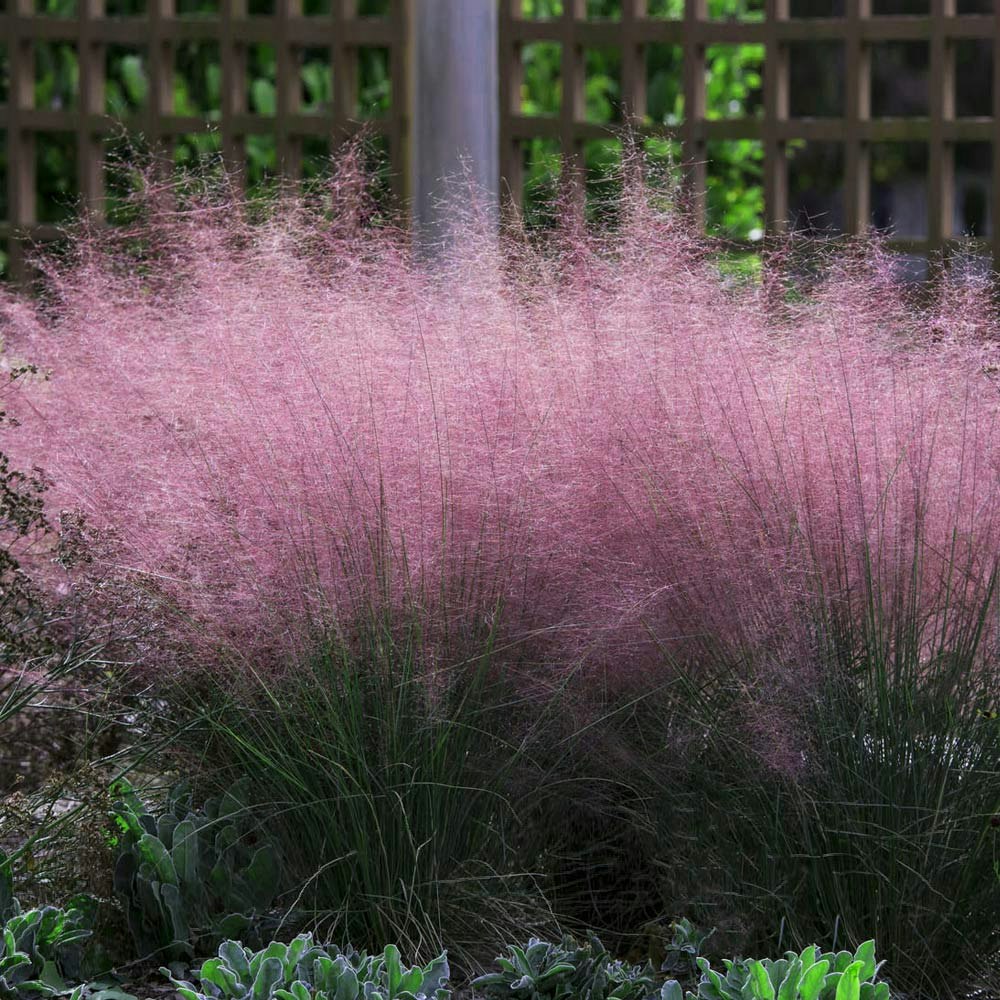Parched Plants: Planting for Drought Tolerance

UF/IFAS June 12, 2024
By: Alyssa Vinson
Once plush, springy, and verdant, leaves unfurled to collect the gift of sunlight. Leaves dancing in their daily rhythm, magically transforming sunlight to sugar, sighing softly in the twilight, releasing water vapor, and collecting the overnight dew. The image of a happy landscape seems like a memory in the face of our current sweltering and parched conditions. Plants once lively and plump, now droop, leaves wilted, flowers refusing to open or dropping from the plant entirely. Where fruit has begun, a sudden loss of one, then more littering the ground.

The symptoms of drought can be varied, but often include yellowing and wilting of the leaves, blossom drop, fruit drop and overall lack of vigor. If drought extends, necrosis (death) of the leaves may occur, or even death of the entire plant. To make matters more dire, drought stressed plants release chemicals into the air or exhibit color changes that send out an ‘all you can eat buffet’ sign to insect pests.
To assuage some of the worst challenges of drought, identify those plants in your landscape that need additional irrigation. It may be necessary during times of limited precipitation to hand water or set up temporary irrigation systems. If you are running an in-ground irrigation system, follow all of the posted rules regarding watering days and times, in order to conserve water for vital uses, the water management districts will often impose additional restrictions. If in doubt regarding your current watering schedule, visit the Southwest Florida Water Management District or your local county website for more information.
As we have seen over the past few years, our traditional rainfall patterns seem to be changing. If we are to meet the needs of our changing landscapes and maintain the beauty and function of our yards, we may need to consider alternative plant species.
Pro tip: be aware of the term ‘Xeriscaping’ when looking for inspiration. While Xeriscaping does include drought tolerance as one of its components, Florida exists in a sub-tropical/tropical climate zone, making many of the Xeriscaping methods unsuitable for our climate. The prefix ‘Xeri’ refers to desert-like conditions that we do not experience in most of Florida.
The list below includes some highly drought tolerant plant species that could be a worthwhile investment in your future landscape success.

Small Trees/Shrubs:
Marlberry (Ardisia escallonioides)
Simpsons Stopper (Myrcianthes fragrans)
Yaupon Holly (Ilex vomitoria, Dwarf and weeping)
Rusty Lyonia (Lyonia ferruginea)
Grasses:
Muhly Grass (Muhlenbergia capillaris)
Fakahatchee Grass (Tripsacum dactyloides)
Elliot’s Lovegrass (Eragrostis elliotii)
Groundcovers:
Sunshine mimosa (Mimosa strigillosa)
